The power to make choices
 |
Ian Fox, managing director at AES-VCM Mong Duong Power Company, tells VIR’s Ninh Kieu which major factors are affecting foreign generators’ investment decisions.
Electricity prices rose 15.3 per cent on average from March 1, a move the government said would set up a competitive power market in the future. Is this a positive sign for power generators?
Yes, this is a really good sign for the power sector. So far, the tariffs paid to power generators do truly cover all the costs of generating power.
For example, a thing used to fuel power plants is coal, but coal is subsidised by the government. It isn’t actually the coal price that we should pay. So the power price that we pay doesn’t truly reflect the input price in the market.
But I think in the long term, we are going to have to remove this type of subsidy and let the power tariff come up to reflect the actual costs of generating electricity. Vietnam is inviting new power generators who will use imported fuel or coal from other countries like Australia and Indonesia that the government cannot control the price of. So what we recommend to the power sector is that the government remove the subsidy and allow power tariffs to rise to meet the costs of actual inputs rather than to subsidise the power plants.
That means the consumer will have to pay higher prices for electricity. There will be difficult period, around 15 years, when electricity is an expensive thing in Vietnam. But after that time, the supply side will increase as you get more power plants. And once you have bigger supply of power, the price will moderate and come down.
Mong Duong 2 is the third foreign-invested build-operate-transfer (BOT) power plant in Vietnam and AES Corporation had to spend four years negotiating to be involved in this project. Do you think raising power tariffs is sufficient to attract foreign investors?
No, I don’t think so. Power tariffs are important, but this is not the biggest factor that we have to deal with when developing a power project in Vietnam. I really think the largest factor is that we can’t understand the contract structure with the government, in terms of types of support that it [the government] will offer to the project. In the future, I think Vietnam will not have to offer more support, but now there are a few foreign investors involved in power projects here and the government needs to strengthen the confidence of foreign investors.
I think you probably see another three or four projects get done on a similar structure type to our project. You are asking about how to attract more private investors to power projects like Mong Duong 2.
I am afraid that the government has to continue using a structure similar to Mong Duong 2 until it can get a few more power plants into operation. Foreign generators will have more confidence and the government can begin, I think, to relax some of the BOT requirements that investors face today. The most important factor is to ensure the confidence of investors when they come here.
So what about inflation? Prices of everything are rising and that could negatively affect the construction of power projects. Are you afraid of this?
We also thought about inflation, but this is a resolvable issue. We will deal with this by careful negotiations of major contracts for equipment, construction and the financing. For Mong Duong 2, we negotiated the biggest single cost, the EPC contract, which normally accounts 75 per cent of the total project cost. The EPC contract supplier also committed to hold the price at a fixed time, which is essential for us to arrange financing.
AES Corporation has announced to sell 30 and 19 per cent shares in Mong Duong 2 project to Korea’s Posco Power and China’s China Investment Corporation (CIC). Why is this?
We are selling the stakes to ensure we can get financing for the project. That means we need support from export credit agencies, so called ECA, in order to attract commercial banks. Export credit organisations, generally government-backed organisations provide commercial and political risk policies guarantees for the benefit of banks. In this case, we are going to use the Korean government’s ECA. AES is an American company and has no special ability to approach a Korean ECA. So we take a partner, who is a major Korean company.
That is the reason to invite Posco Power to this project. But, we want to be actually sure that we can find enough capital to finance the project. That is the reason why we also invited CIC to take a small stake in the project. CIC is very strong in China, and in fact it is a large stakeholder in the largest bank in China. So, just in case we don’t have enough Korean government support, we can turn to Chinese banks to fill any gap in financing.
Generally speaking, we are in very last stage of the development of the project and we can begin the construction with financing in July this year. When we say the construction could start in July this year, we will start without stopping until the completion in 2015, not like some other projects which start construction and then nothing happens.
What the stars mean:
★ Poor ★ ★ Promising ★★★ Good ★★★★ Very good ★★★★★ Exceptional
Related Contents
Latest News
More News
- Hanoi welcomes Guangdong businesses to invest (November 27, 2024 | 15:21)
- The facilitation of M&As in Vietnam’s logistics sector (November 27, 2024 | 13:00)
- Viable progress made with M&As from Japan to Vietnam (November 27, 2024 | 10:43)
- Home firms make M&A presence felt (November 27, 2024 | 09:33)
- Thailand's BCPG invests $130 million in Gia Lai wind power plants (November 26, 2024 | 15:08)
- The 16th Vietnam M&A Forum: A Blossoming Market (November 26, 2024 | 13:53)
- Posco interested in $2.2 billion Quynh Lap LNG thermal power plant (November 26, 2024 | 13:50)
- $1.4 billion Nhon Trach 3 and 4 to operate in 2025 (November 26, 2024 | 13:37)
- Hung Yen focused on attracting high-tech FDI (November 26, 2024 | 13:20)
- Foreign investors flock to invest in southern provinces and cities (November 26, 2024 | 10:00)

 Tag:
Tag:
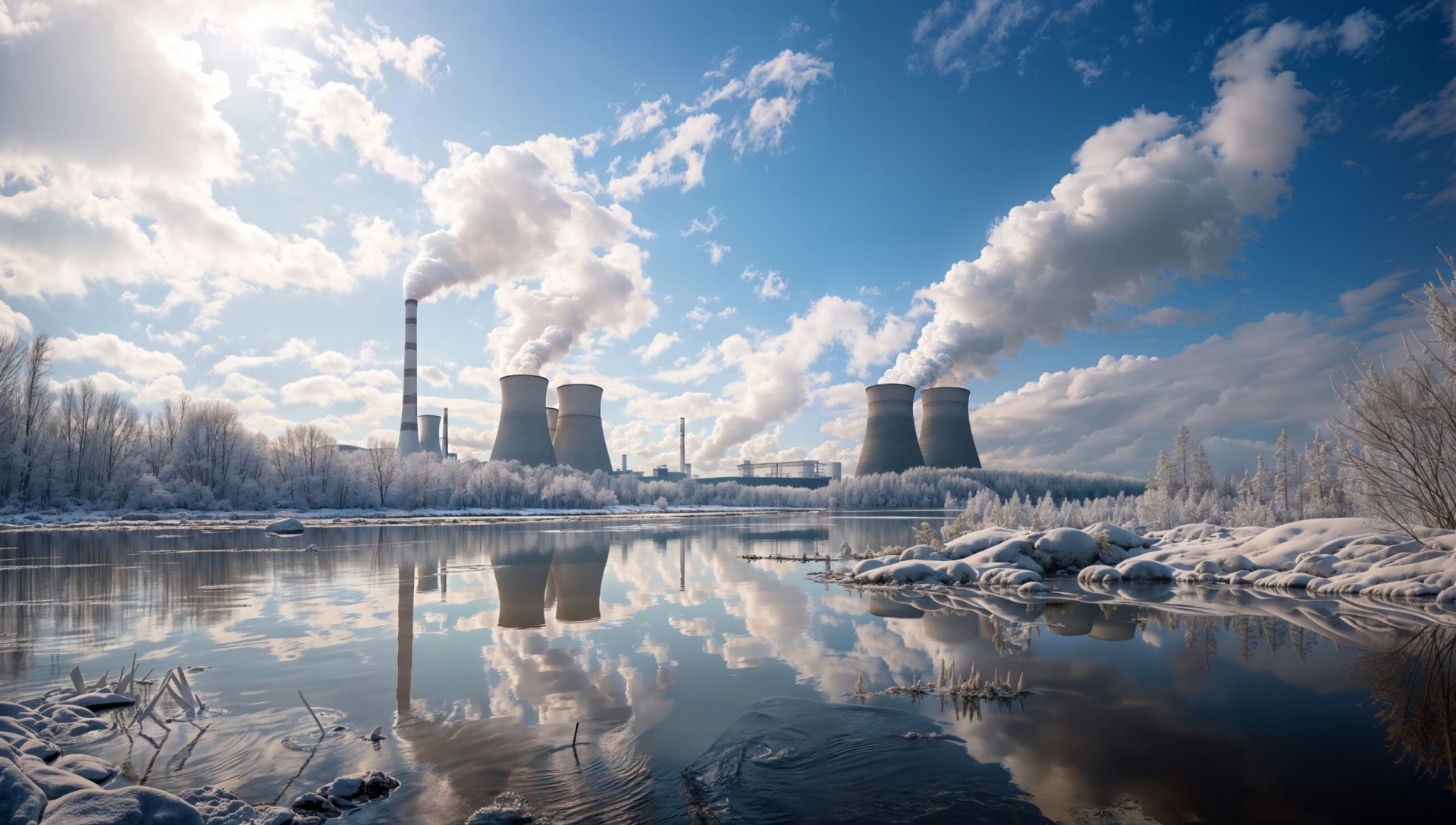
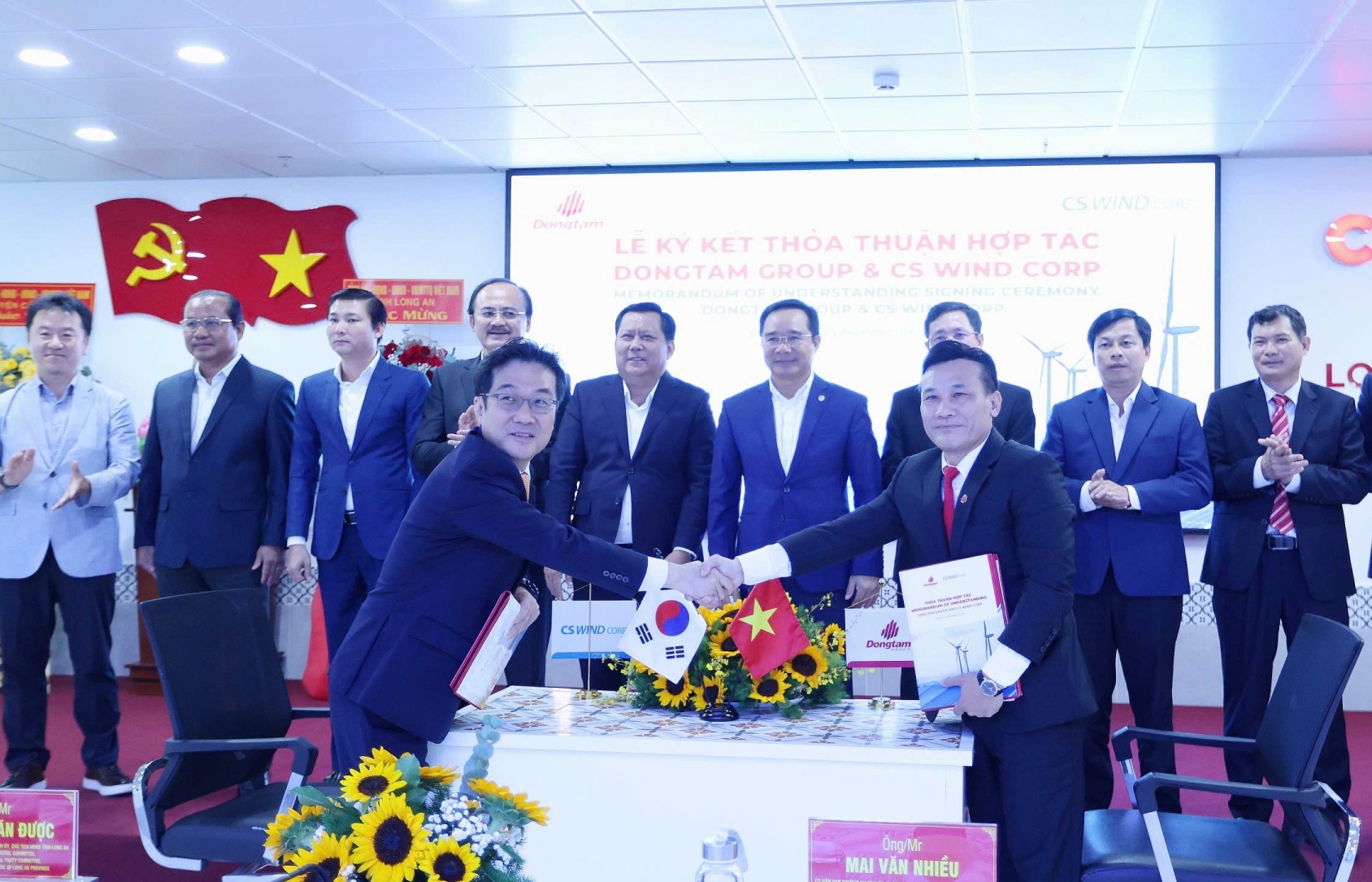
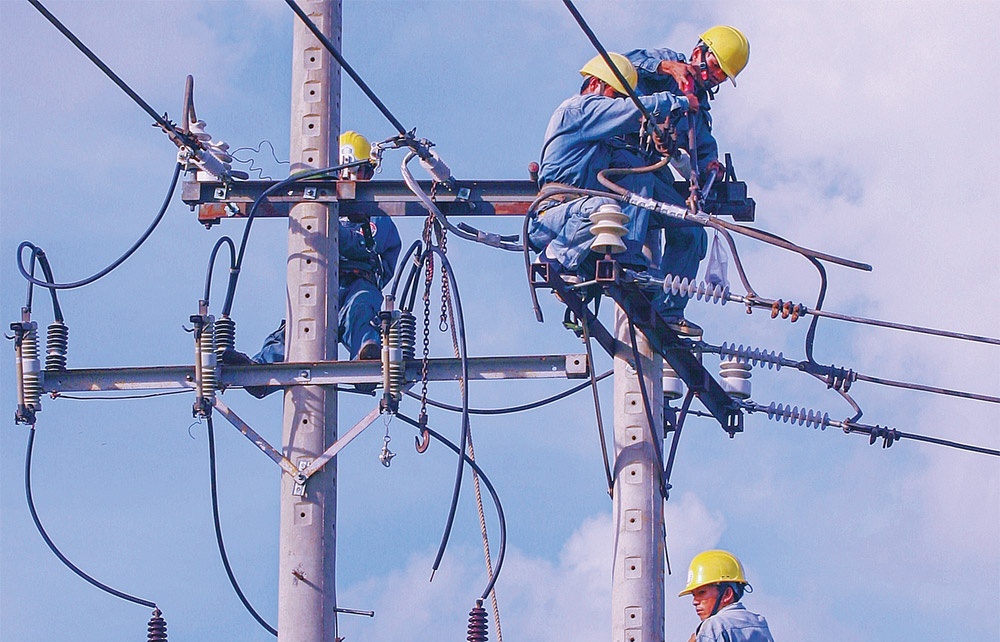
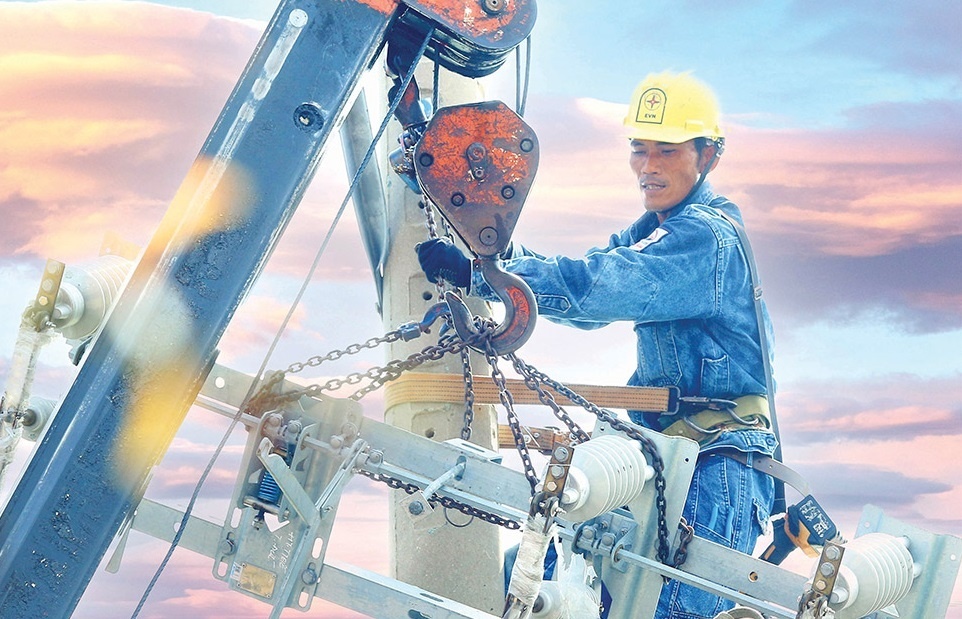

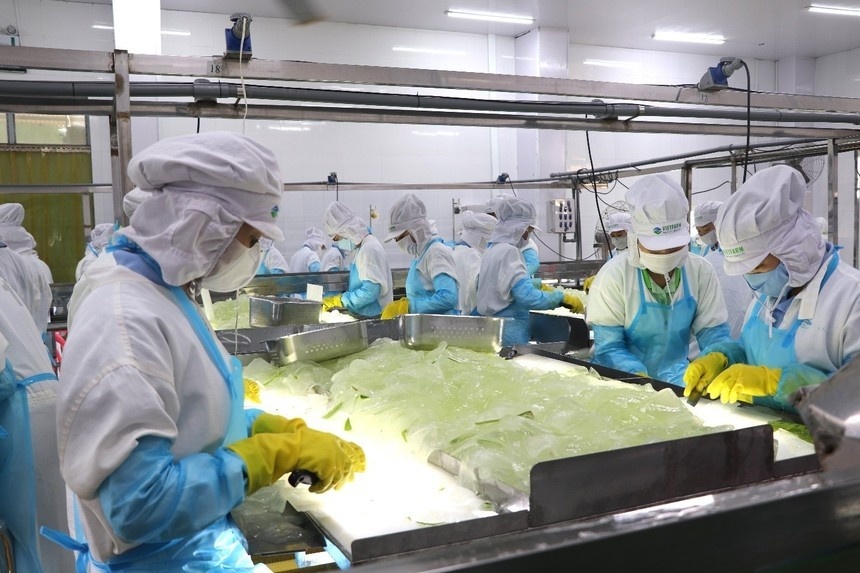
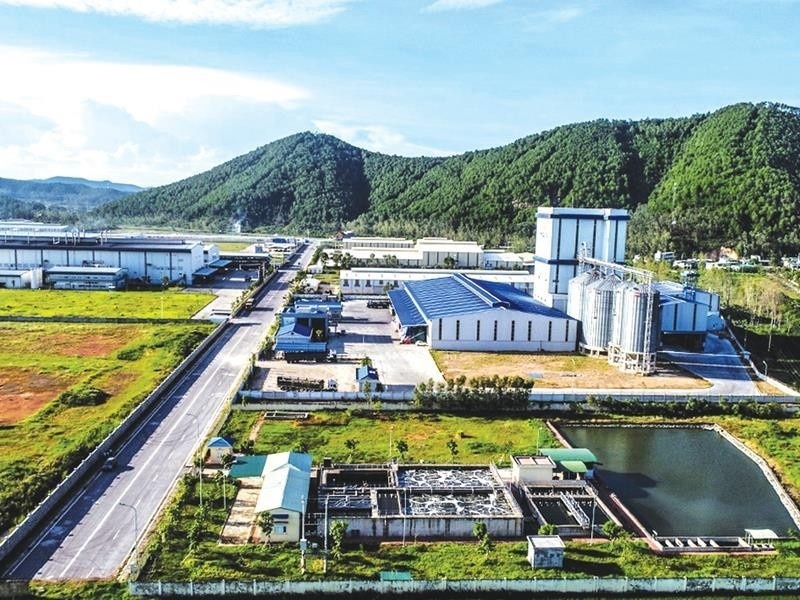
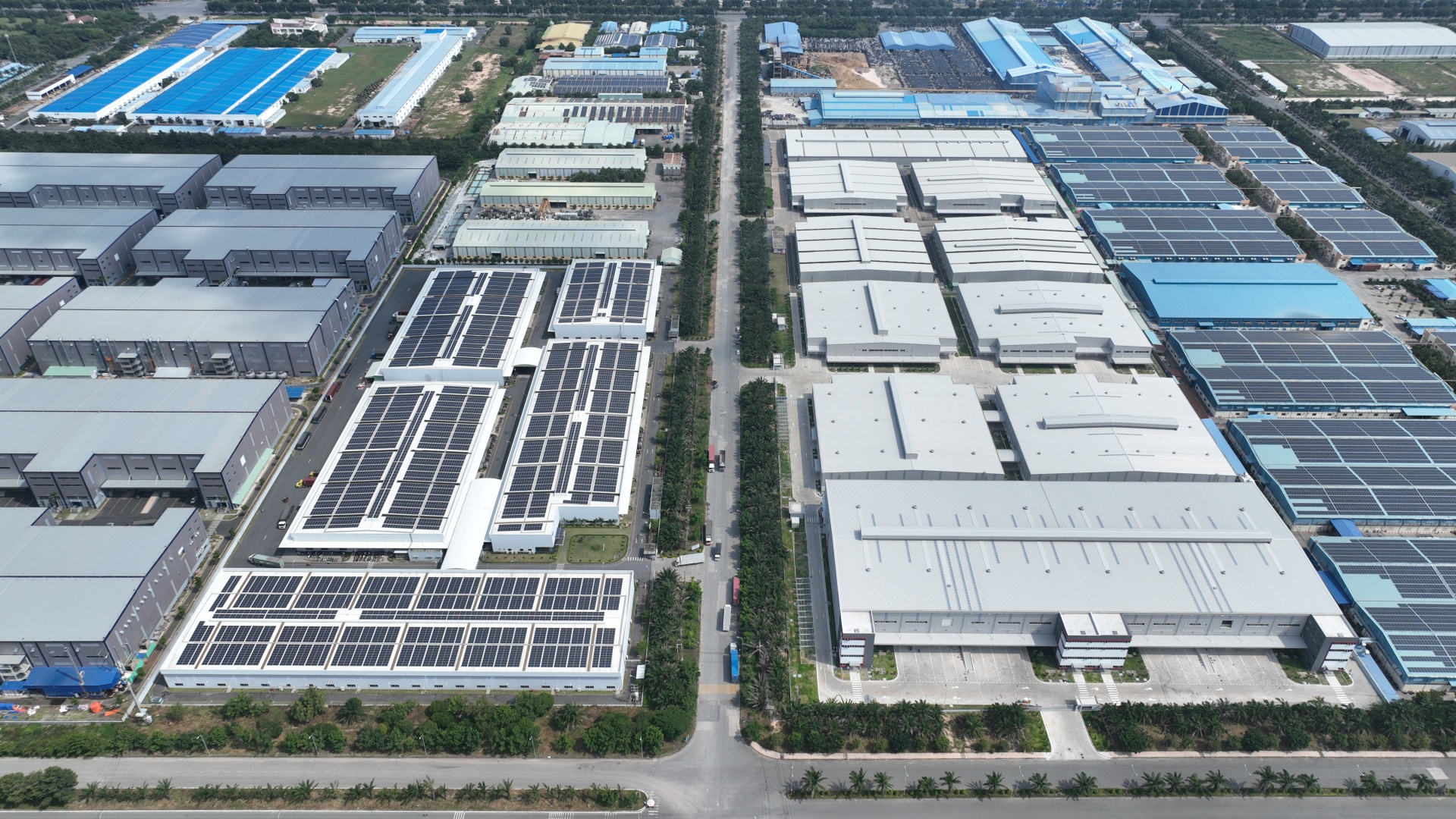
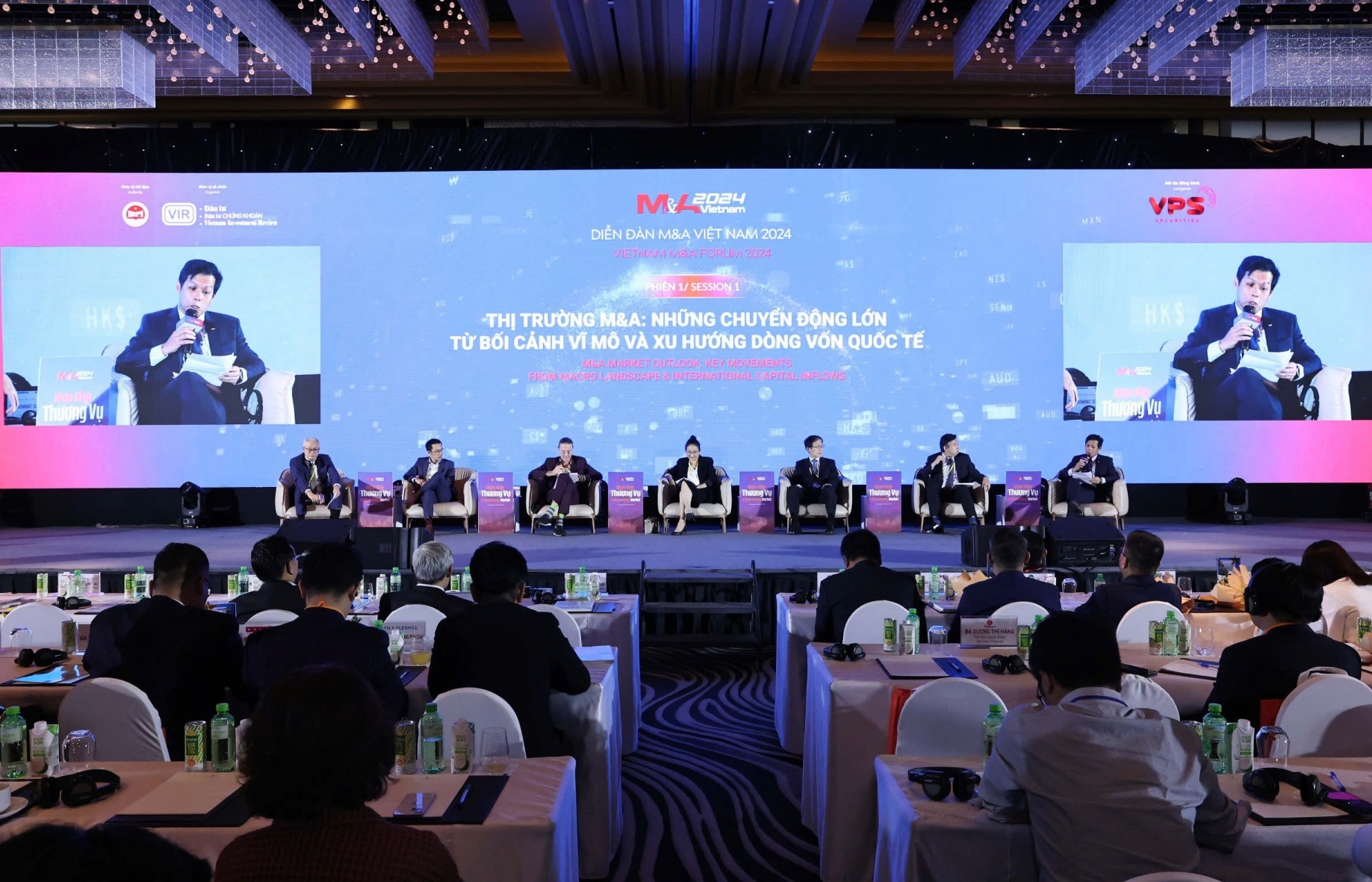
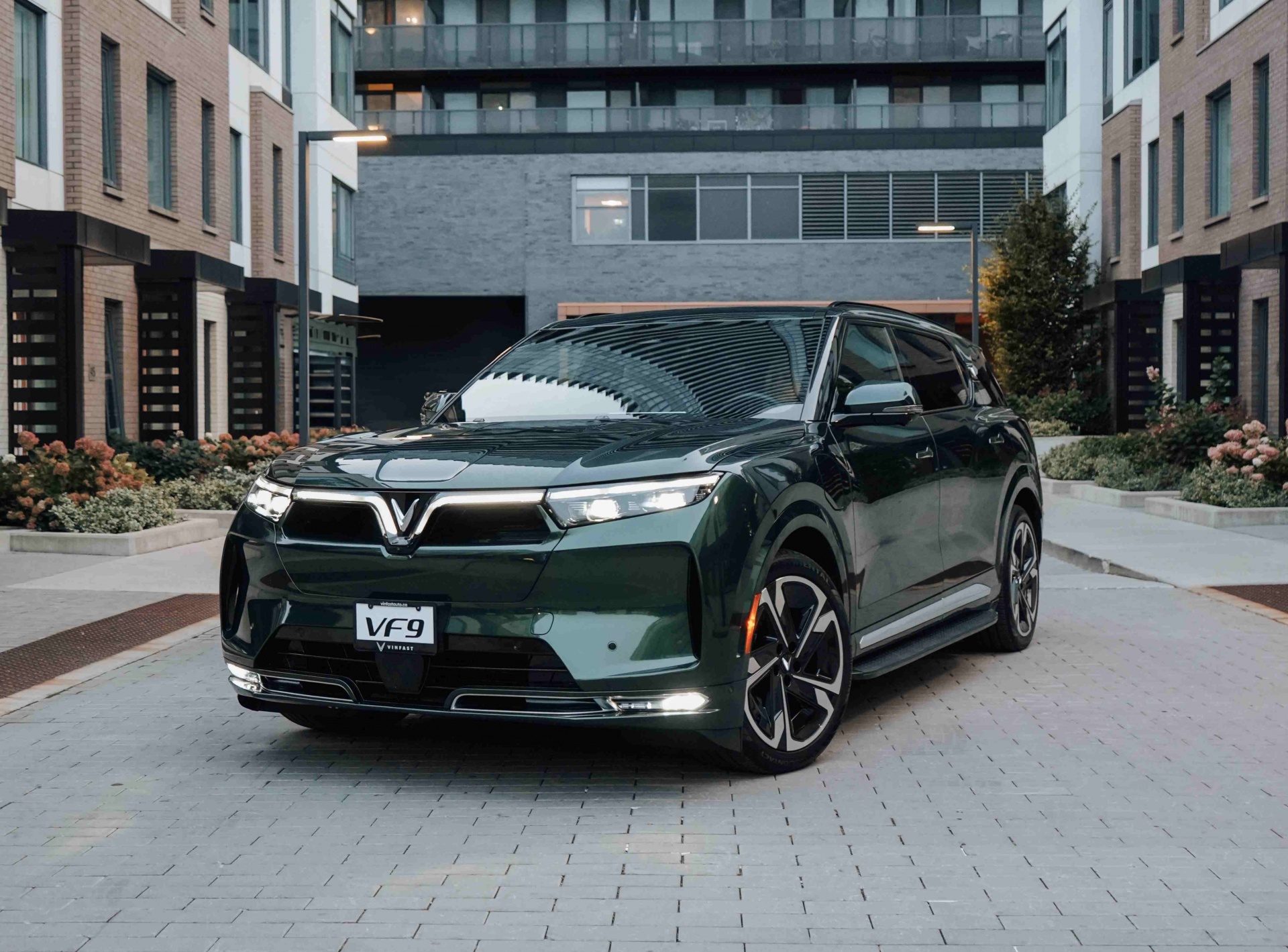
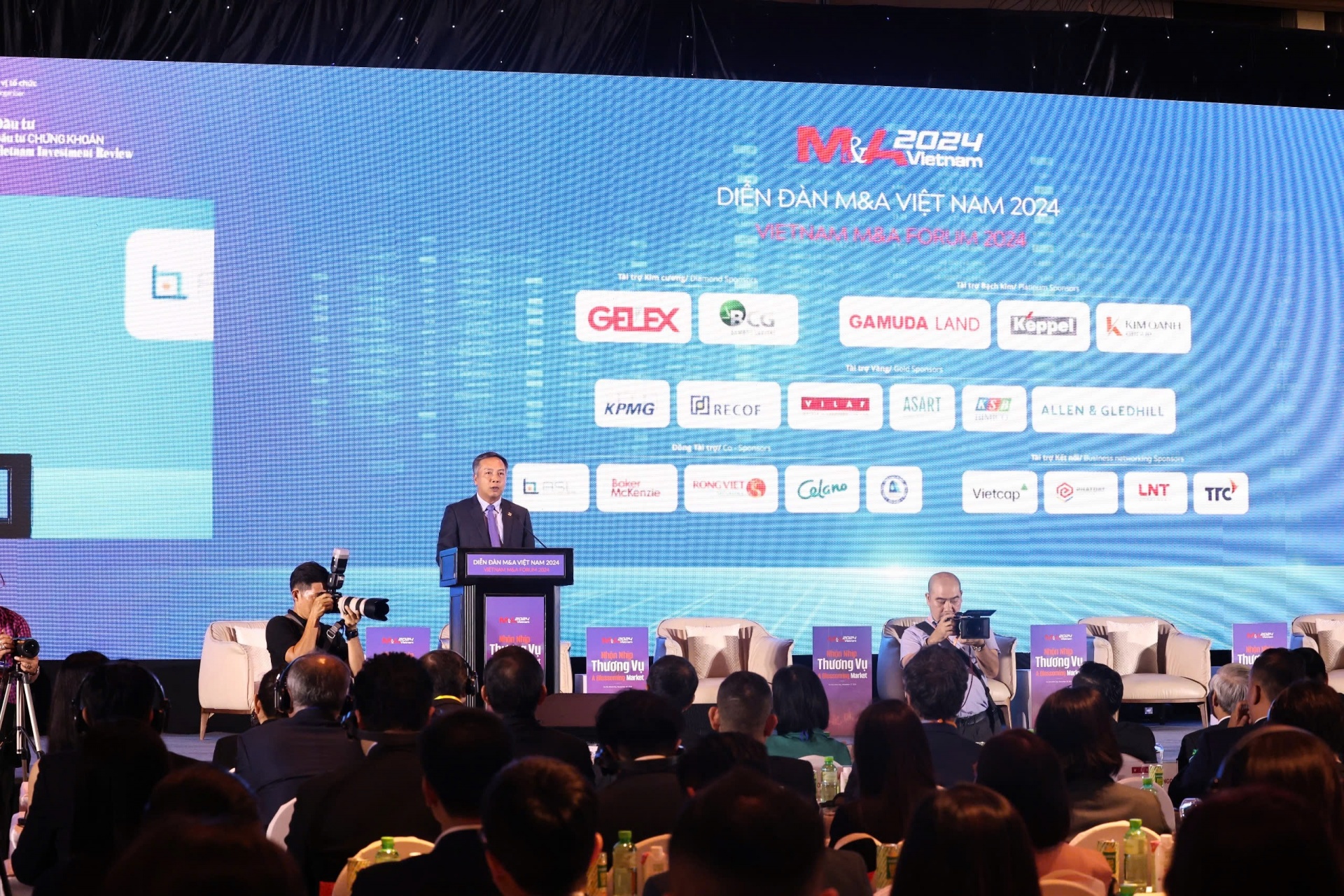



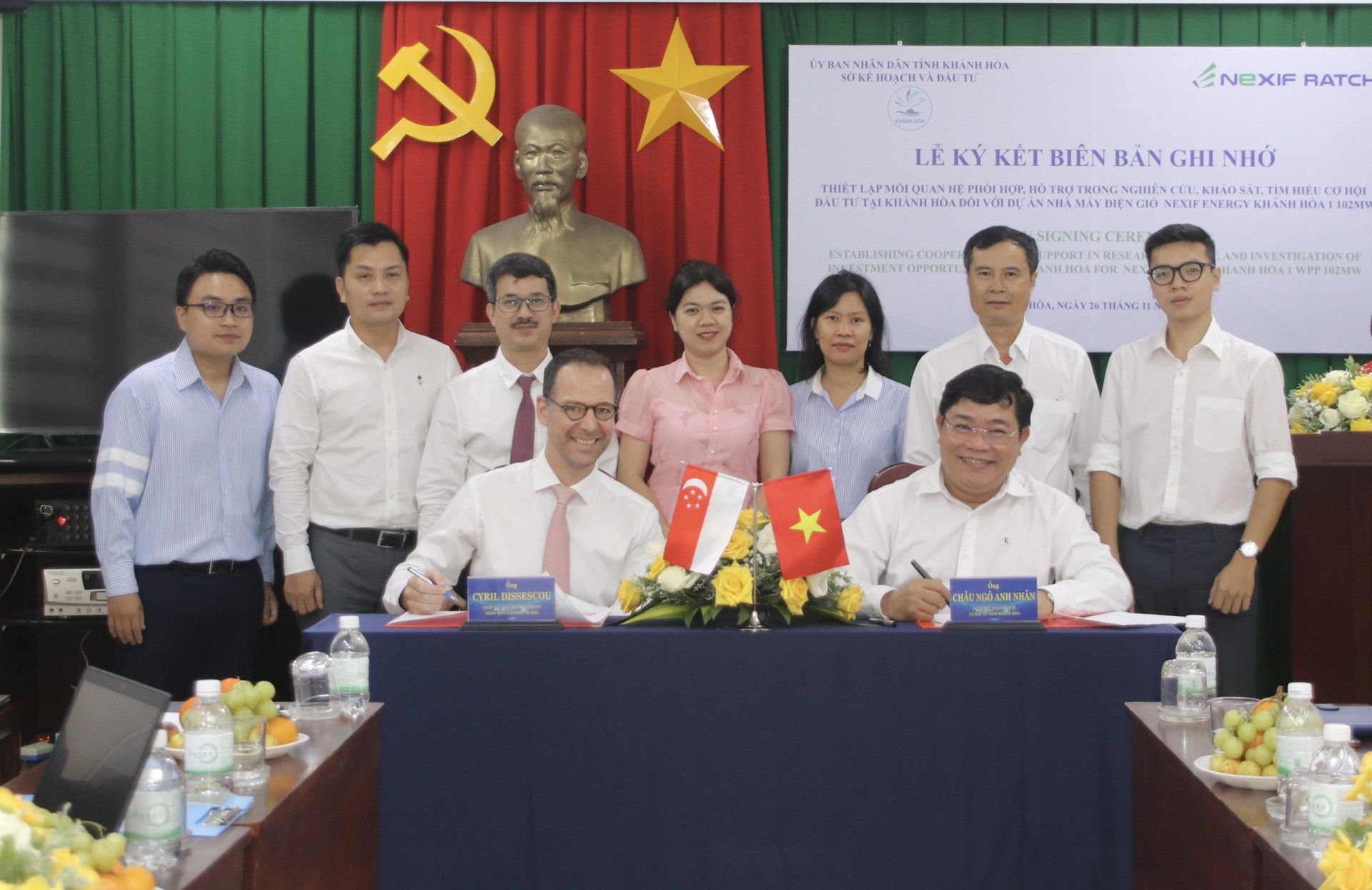
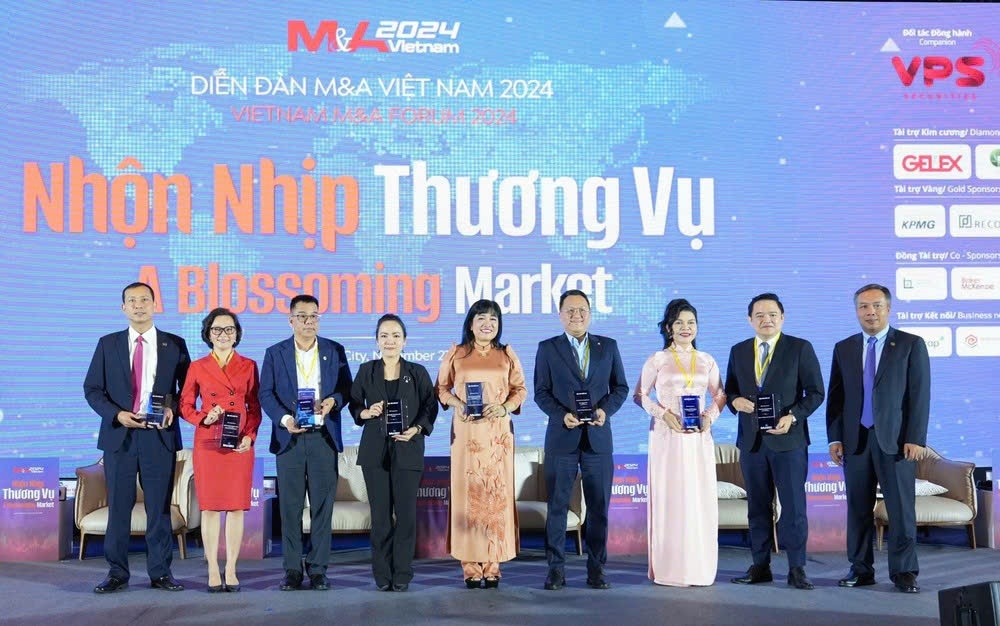
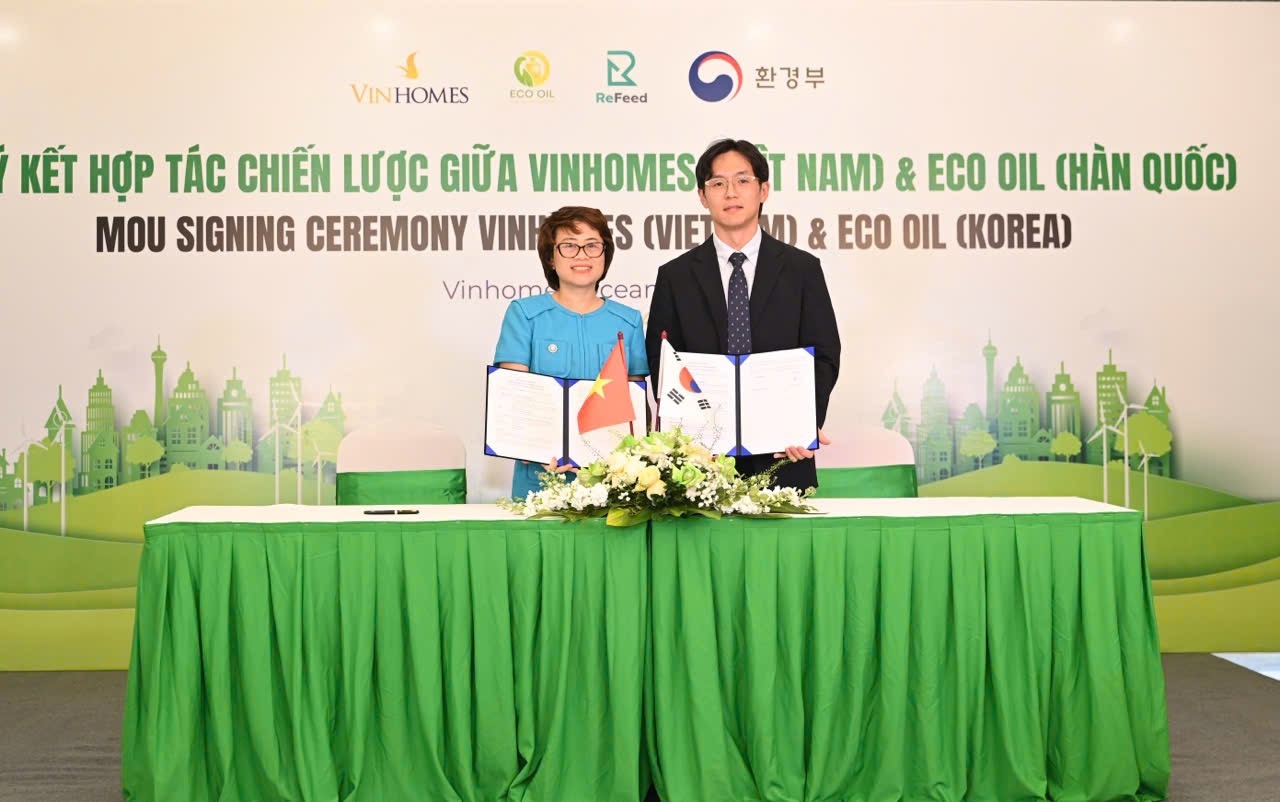



 Mobile Version
Mobile Version